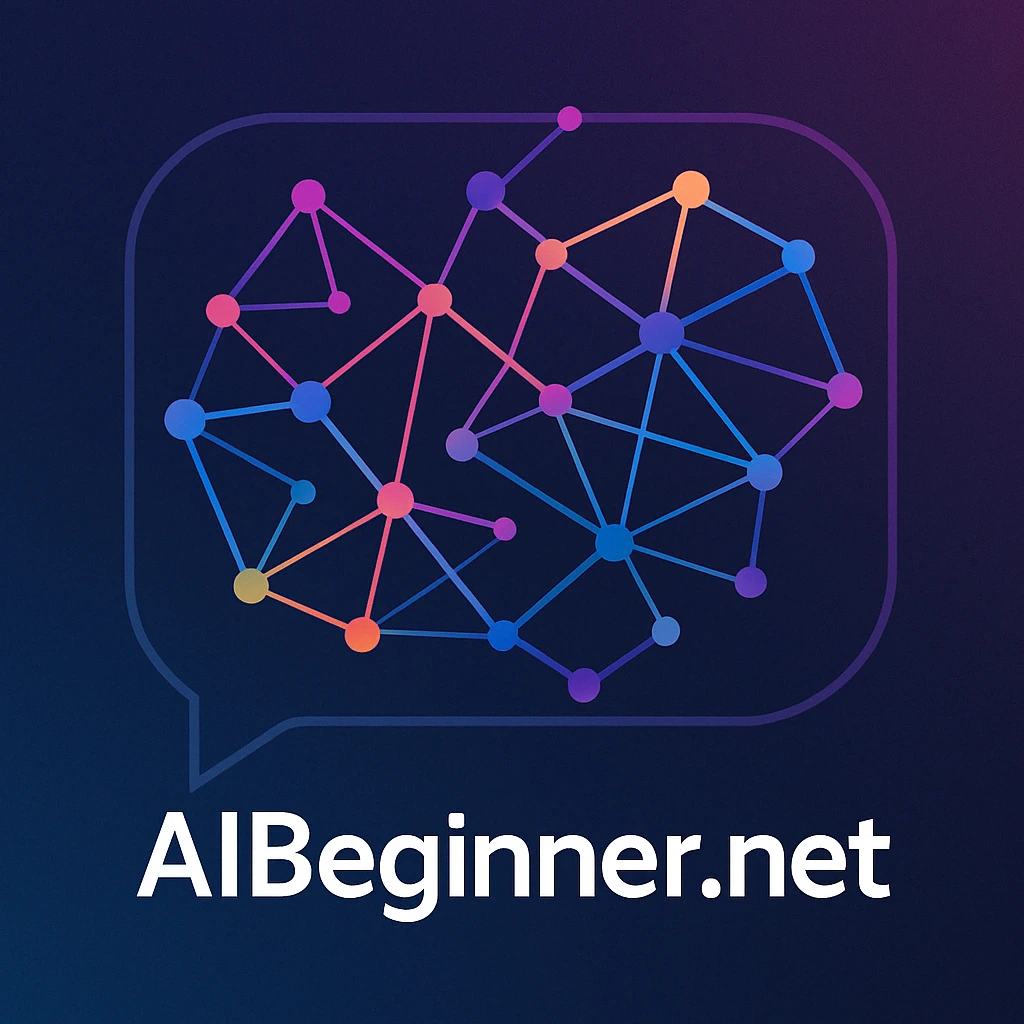You’ve probably heard the term “LLM,” especially when people talk about tools like ChatGPT. It sounds technical, but the basic idea is simple. LLM stands for Large Language Model. Here’s what that means in plain English.
Think of It Like a Super-Powered Autocomplete
Imagine your phone’s autocomplete, but trained on massive amounts of text from books, websites, and articles. Now it can predict not just the next word, but entire sentences and paragraphs that sound natural and stay on topic.
That’s the core idea of an LLM: an AI system designed to understand and generate human-like text.
Breaking Down “Large Language Model” (LLM)
- Large: Refers to (1) the enormous amount of text used for training and (2) the size of the model itself (often billions of internal parameters).
- Language: It works with human language—reading, writing, summarizing, translating, and answering questions.
- Model: The trained “brain” that learned patterns from data and uses them to produce new text.
How Do They Learn?
LLMs analyze vast text datasets to learn patterns—how words and ideas relate in context. In practice, they estimate the most probable next token (piece of text) given what came before. Under the hood there’s sophisticated math, but you can think of it as pattern recognition at huge scale.
What Are LLMs Good At (for Beginners)?
- Answering Questions: Great for quick explanations (double-check important facts).
- Writing Help: Draft emails, brainstorm ideas, rephrase text, outline posts.
- Summarizing: Turn long reads into quick takeaways.
- Explaining Concepts: Ask for a kid-friendly or step-by-step explanation.
- Creative Writing: Story starters, poems, character ideas, and more.
Important Reality Check
- LLMs don’t “understand” or “have beliefs” like humans; they’re advanced pattern-matchers.
- They can make confident mistakes (“hallucinations”). Verify critical info.
- Some assistants can browse the web for fresher info; base models rely on their training data.
Next Steps: Learn Inside the AI Beginner Academy
If this explanation of LLMs has you curious about using AI in your own life or business, the AI Beginner Academy is the best next step. ' 'Inside, you'll find beginner-friendly courses with clear explanations, real-world demos, and included toolkits to help you practice safely.
The AI Made Simple course walks through AI basics in plain language, while the ' 'AI for Business course shows you how to apply AI to everyday tasks and simple automations.
Conclusion
When you hear “LLM,” think Large Language Model—a powerful text generator trained on huge amounts of data. It’s useful for everyday tasks and learning, even if you’re brand new to AI. If you want a structured, no-jargon path, check out the courses inside the AI Beginner Academy for quick, practical lessons.
